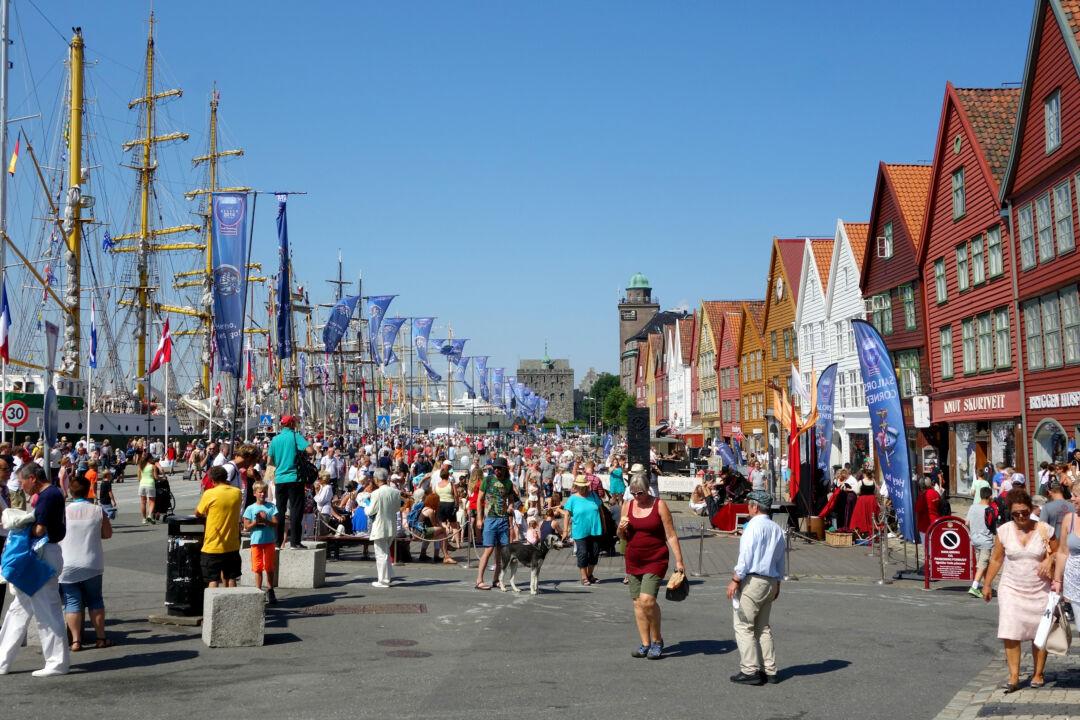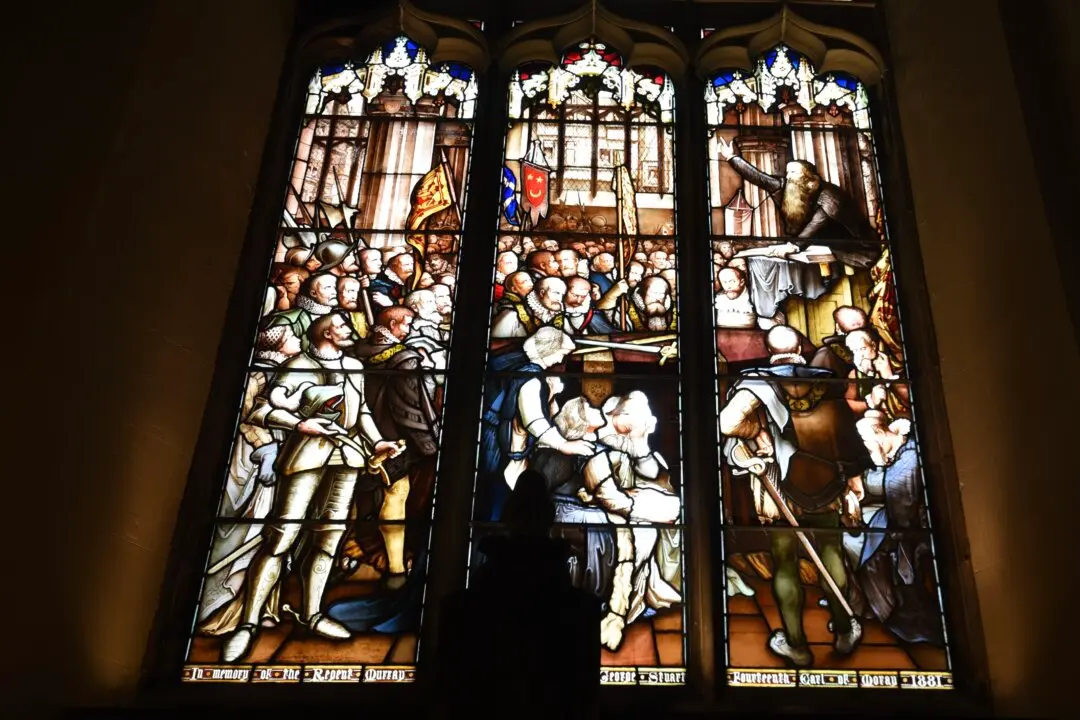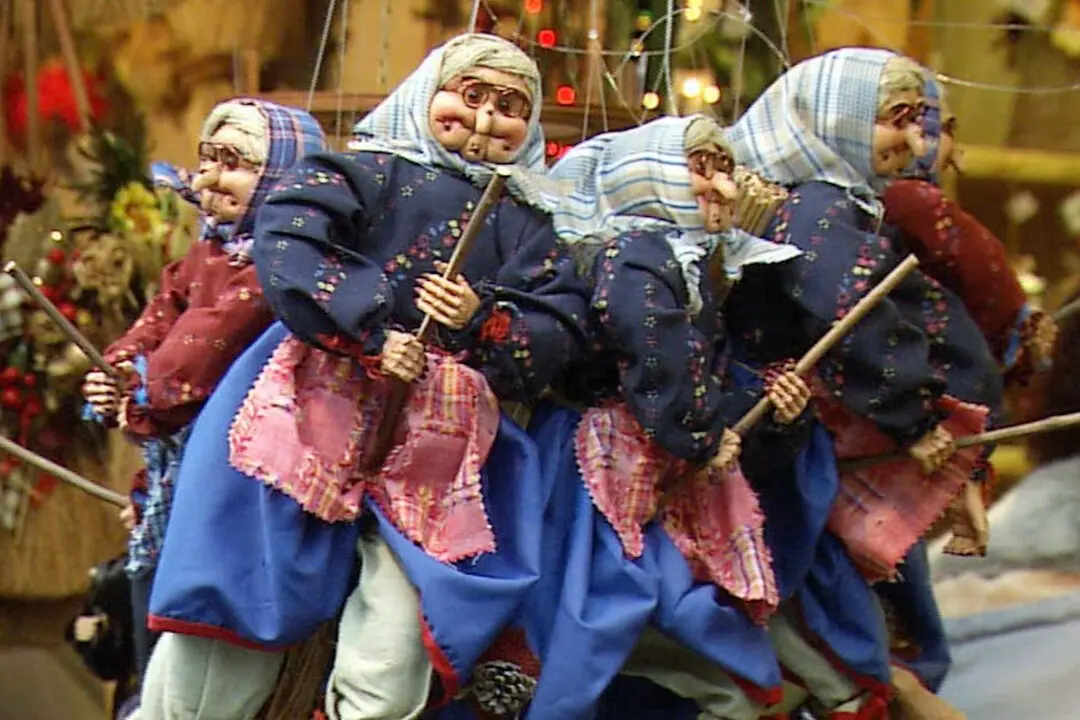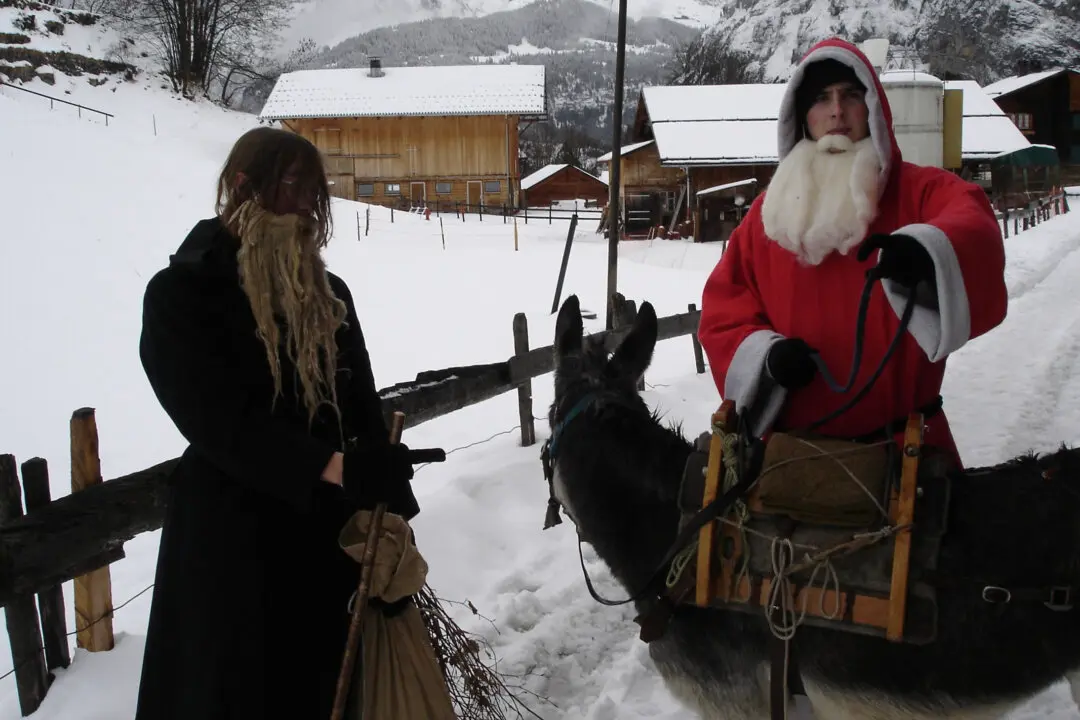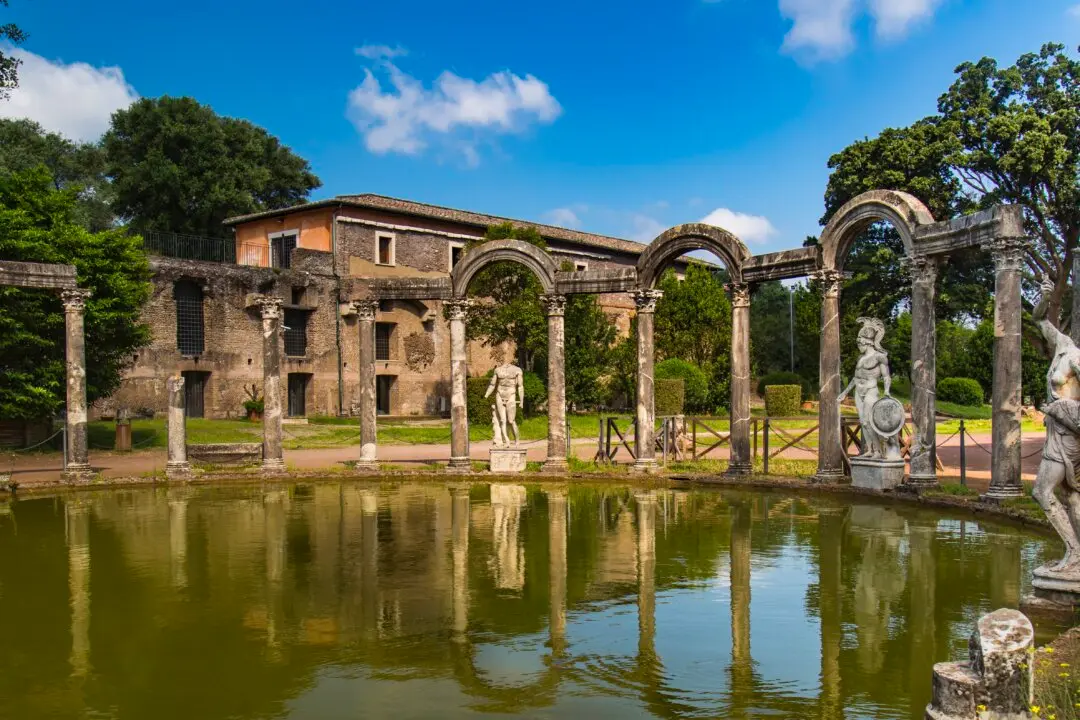Rugged is putting it mildly when it comes to 80 percent of Norway. Historically, it was a challenge to live here. That’s why Vikings ventured south and so many emigrants left for America.
But I find excuses to return to Norway regularly. Three of my grandparents grew up there. I once told my TV producer, “So many people in Norway look like my brother.” Having traveled with me for years, he was shocked: “I didn’t know you had a brother!” I don’t. But if I did, he'd look like the guys in Norway.

